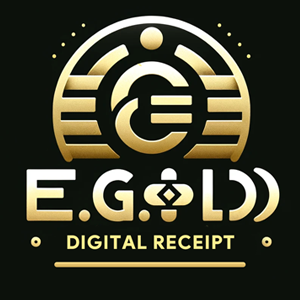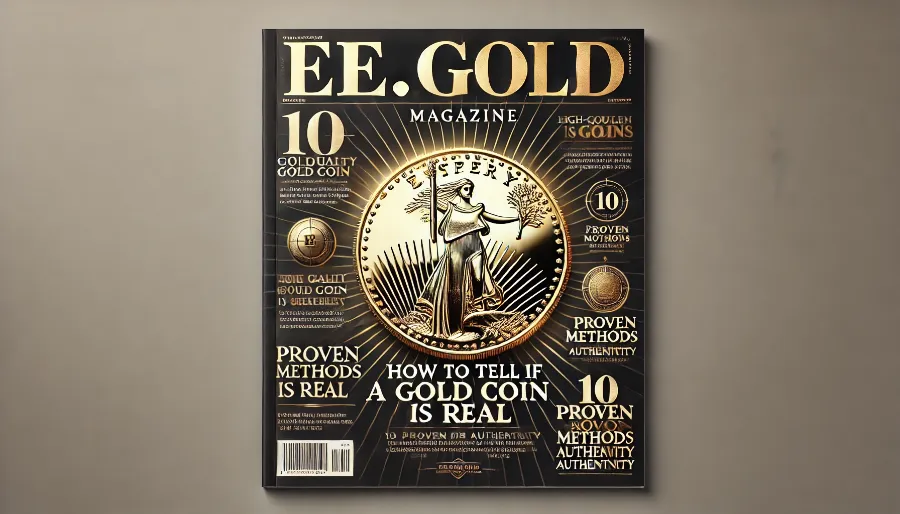
Determining whether a gold coin is real involves several methods, including visual inspection, weight checks, and some specialized tests. Gold is a precious metal with unique physical properties, so if you know what to look for, you can easily identify whether a gold coin is authentic. Here's a detailed guide on how to tell if a gold coin is real.
Check for Authenticity Marks
One of the first things to look for when examining a gold coin is the authenticity marks. These marks can tell you a lot about the origin of the coin and whether it’s genuine.
Mint Mark
Gold coins minted by reputable organizations, such as national mints, will have a mint mark. This mint mark signifies the place where the coin was produced. For example:
- The U.S. Mint produces American Gold Eagles.
- The Royal Canadian Mint is known for the Canadian Gold Maple Leaf.
- The Perth Mint in Australia produces the Gold Kangaroo.
If a coin lacks a mint mark or features a suspicious or blurry mint mark, it could be a counterfeit.
Purity Mark
Many gold coins will feature a purity mark, indicating how much gold the coin contains. Most commonly, you'll see ".999" or ".9999," which means the coin is 99.9% or 99.99% pure gold. Popular gold coins, such as the American Gold Eagle or the Canadian Gold Maple Leaf, typically display their weight and purity.
Weight and Size
Gold coins are often minted with a standard weight. For instance, a 1-ounce gold coin will weigh exactly 31.1 grams (1 troy ounce). The size of the coin should also be consistent with the known dimensions of that coin. For example, an American Gold Eagle has a diameter of 32.7 millimeters and a thickness of 2.87 millimeters. If the size or weight is off, the coin might be counterfeit.
Perform a Magnet Test
Gold is not magnetic, so if the coin is attracted to a magnet, it is almost certainly not made of pure gold. However, it’s important to note that some counterfeit coins are made with a mix of gold and other metals, so while the magnet test may be a good first step, it is not conclusive on its own.
To perform the magnet test, simply take a strong magnet and bring it near the coin. If the coin sticks to the magnet, it is not made of gold. If it does not stick, the coin might be real, but other tests should still be conducted for confirmation.
Check the Coin’s Color
Gold has a distinct rich yellow color. However, gold coins can also be alloyed with other metals like copper, silver, or palladium, which might slightly alter the color, making it look more reddish or dull. Despite this, a real gold coin should still have a warm, rich hue.
If the coin appears overly shiny, brassy, or too bright, it might be a fake. Some counterfeit coins are made from alloys that mimic the look of gold but lack the same depth of color.
Use the Sound Test
Gold has a unique sound when struck, which can be used to identify whether a coin is real. When you tap a gold coin lightly with a hard object, it should make a high-pitched ringing sound that resonates.
To perform the sound test, tap the gold coin lightly with a hard surface or another coin that you know is real. If the coin makes a ringing sound that resonates clearly, it is likely authentic. If the sound is dull, it may indicate that the coin is a fake. Counterfeit coins are usually made from base metals that do not resonate the same way as gold.
Perform a Weight Test
Gold is a very dense and heavy metal, so it’s essential to check the coin’s weight against the standard weight for that specific coin. For example, a 1-ounce gold coin, such as an American Gold Eagle, should weigh exactly 31.1 grams (1 troy ounce). If the coin weighs less or more, it is likely not made of pure gold.
To perform the weight test, use a digital scale that measures in grams and weigh the coin. Compare the weight with the known standard for that coin. A significant deviation in weight can be a sign that the coin is not real.
Use a Gold Coin Size Chart
Each gold coin has a specific size and thickness, and counterfeiters may not get the dimensions exactly right. If you have a known authentic gold coin for comparison, you can check the diameter and thickness of the coin to see if it matches the standard size. For example, the Canadian Gold Maple Leaf has a diameter of 30 millimeters, while the American Gold Eagle is slightly larger at 32.7 millimeters.
If the coin you are examining differs significantly in size from the standard dimensions, it could be fake.
Perform a Specific Gravity Test
The specific gravity test is a more advanced method to determine the authenticity of a gold coin. It involves measuring the coin’s density by submerging it in water and measuring the volume of water displaced. Gold has a high density (specific gravity of 19.3 g/cm³), so if a coin sinks and displaces a specific volume of water, it is likely real.
To perform the specific gravity test:
- Fill a small container with water and take note of the water level.
- Submerge the coin completely and measure how much the water level rises.
- Compare the result to the known specific gravity of gold.
If the coin’s density differs significantly from that of gold, it is likely a fake.
The Acid Test
The acid test is a method often used by professional dealers to check the authenticity of a gold coin. Gold is resistant to most acids, so if a drop of acid is applied to the surface of a coin and it reacts (turning green or bubbling), it is not gold.
To perform the acid test:
- Apply a small drop of nitric acid to a small, inconspicuous area on the coin.
- If the coin reacts (changes color or tarnishes), it is not made of gold.
It is important to note that this test is invasive and can damage the coin’s surface, potentially lowering its value. It is typically best to leave this test to professionals.
Seek Professional Authentication
If you're still uncertain about the authenticity of a gold coin, you can always take it to a professional numismatist, jeweler, or dealer who specializes in gold. These experts use advanced tools like X-ray fluorescence (XRF) analyzers, which can determine the composition of the coin without damaging it. They can also provide a certificate of authenticity to ensure that the coin is genuine.
Check for Certification
Many gold coins come with a certificate of authenticity from the mint or a trusted dealer. These certificates often include details like the coin’s weight, purity, and serial number. Make sure the serial number on the coin matches the one listed on the certificate. If the coin does not come with a certificate, it’s important to be extra cautious when determining its authenticity.
Verify the Coin's Origin and Provenance
Another way to authenticate a gold coin is by checking its origin and provenance. If you are buying a gold coin from a reputable dealer, it should have a clear history. This includes details about where it was sourced, who owned it before, and any official certificates that confirm its authenticity. When buying gold coins from auctions, estate sales, or online platforms, always verify the seller’s credibility. It’s also important to confirm the seller’s return and guarantee policies, especially when purchasing high-value gold coins.
Provenance can play an important role, especially for older or rare coins. Some gold coins, such as limited-edition releases or historically significant coins, will often come with a detailed provenance or documentation of ownership. If the coin lacks this documentation, it may raise questions about its authenticity.
Compare the Coin to Known Authentic Coins
One of the easiest and most effective ways to tell if a gold coin is real is by comparing it to a known, authentic coin. If you have a coin of the same type, such as an American Gold Eagle or a Canadian Gold Maple Leaf, carefully inspect both coins side by side. Look for differences in details like the design, weight, size, and finish. Fakes are often poorly crafted and can have visible differences in quality and detail.
For instance, many fake gold coins will have blurry or inconsistent engravings, as counterfeiters struggle to replicate the intricate details of a genuine coin. Pay attention to the sharpness and precision of the coin’s design, as high-quality mints ensure that their coins are well-crafted with clear and fine details.
Conduct a Multi-Test Approach
To be certain of a coin's authenticity, it’s often best to use a combination of the tests mentioned above. Each method helps rule out or confirm different aspects of a coin’s authenticity, and using multiple tests together can provide a much clearer answer.
For example, you can:
- Perform a visual inspection for authenticity marks, minting details, and weight.
- Check the coin’s sound by tapping it to see if it rings like real gold.
- Test the coin with a magnet to ensure it isn’t made from a magnetic metal.
- Use a scale to check the weight against the known weight of the coin.
- Conduct a size comparison or specific gravity test to ensure the coin matches the expected dimensions and density of gold.
Using multiple methods will give you a better chance of detecting a counterfeit. If any test results are inconsistent with what’s expected for that coin, it’s time to consider further investigation or professional evaluation.
Be Cautious When Buying Online
Online marketplaces, such as eBay or less-regulated platforms, are unfortunately hotbeds for counterfeit gold coins. If you’re purchasing gold coins online, always research the seller thoroughly. Look for user reviews, return policies, and any guarantees offered by the platform.
To avoid the risks of buying counterfeit coins online, stick to well-known, reputable dealers or mints. Look for dealers that provide certificates of authenticity or third-party certification, which can help validate the coin's value and authenticity. If the deal seems too good to be true, it probably is. Counterfeit coins are often sold at a fraction of their true value, enticing unsuspecting buyers. Always ensure that the price matches the coin’s weight, size, and authenticity.
Professional Grading Services
When dealing with rare or high-value gold coins, you may want to consider having the coin graded by a professional grading service. Services like the Numismatic Guaranty Corporation (NGC) and Professional Coin Grading Service (PCGS) provide detailed reports on the condition, authenticity, and value of coins. They use advanced technology and expert knowledge to evaluate coins and provide an official certification of authenticity. A certified coin from a reputable grading service can add significant value to the coin and ensure it’s genuine.
These grading services typically use methods like X-ray fluorescence (XRF) and ultrasound testing to analyze the composition of the coin and verify its authenticity. These services are especially useful for rare coins or coins that carry significant historical value.
What to Do If You Suspect a Coin Is Fake
If you’ve used all of the above methods and still suspect that the gold coin is counterfeit, it's important to take immediate action. If you bought the coin from a reputable dealer, contact them right away to discuss the issue. Many dealers offer a money-back guarantee or a refund policy if the coin is found to be fake. It’s also a good idea to report the counterfeit coin to the relevant authorities, such as local law enforcement or consumer protection agencies.
If you bought the coin from an auction or online, check the return policies of the platform. Many online platforms allow buyers to dispute items that are not as described, and some have systems in place to handle fraudulent items.
In any case, it’s crucial to stay vigilant when buying gold coins and seek professional help if you have doubts about the coin's authenticity.
Frequently Asked Questions (FAQ)
1. How can I tell if a gold coin is real without damaging it?
You can perform several non-invasive tests to check if a gold coin is real:
- Check for authenticity marks such as mint marks, purity stamps, and weight.
- Use a magnet test – gold is not magnetic, so if the coin is attracted to a magnet, it is not gold.
- Tap the coin to listen for a distinctive ringing sound – real gold coins tend to have a high-pitched, resonant tone.
- Weigh the coin to make sure it matches the expected weight for that specific coin.
2. Why do counterfeit gold coins often pass the magnet test?
Some counterfeit coins are made from a mixture of metals like copper, silver, or a thin gold plating over a base metal. While gold itself is non-magnetic, some fake coins contain metals that can still pass the magnet test, especially if they are alloyed with non-ferrous metals. Therefore, it’s important to use a combination of tests to verify authenticity.
3. How much should a real gold coin weigh?
The weight of a gold coin depends on the type and denomination. For example, a 1-ounce gold coin, such as the American Gold Eagle or the Canadian Gold Maple Leaf, should weigh precisely 31.1 grams (1 troy ounce). Make sure to weigh the coin on a precise digital scale and compare it to the known weight of that specific coin.
4. Can I identify a fake gold coin just by looking at its color?
While the color of gold can vary depending on the alloys mixed with it, authentic gold coins typically have a warm, rich yellow color. If the coin looks overly shiny, brassy, or unusually bright, it may not be genuine. Fake gold coins often use other metals that mimic gold’s appearance but lack the same depth of color.
5. What if the coin has no mint marks or authenticity stamps?
Coins without mint marks or purity stamps could be counterfeit, especially if they are being sold as official gold bullion. If the coin lacks these identifiers, it’s advisable to further investigate by checking its weight, size, and seeking professional authentication. Always buy gold coins from reputable sources to avoid such issues.
6. Is it possible to perform a specific gravity test at home?
Yes, it is possible to perform a specific gravity test at home using a few basic materials. You will need:
- A precise digital scale to measure the weight of the coin.
- A container of water to submerge the coin in.
If the result significantly deviates from the known specific gravity of gold (around 19.3 g/cm³), the coin is likely a fake.
7. How can I tell if a rare gold coin is authentic?
For rare or older coins, it’s best to consult with a professional numismatist or use coin grading services. These experts have the knowledge and tools to authenticate rare coins using advanced methods like X-ray fluorescence (XRF) or other non-destructive testing techniques. Additionally, they will assess the coin's provenance, historical significance, and condition.
8. Should I get a gold coin professionally graded?
If you’re unsure about a coin’s authenticity, or if it’s a rare or high-value item, having the coin professionally graded is a good idea. Reputable services like the Numismatic Guaranty Corporation (NGC) or Professional Coin Grading Service (PCGS) use advanced technology to verify the authenticity and condition of a coin. This can provide peace of mind and increase the coin’s value.
9. How can I avoid buying counterfeit gold coins?
To avoid buying counterfeit gold coins:
- Always buy from reputable dealers or well-known mints.
- Look for coins that come with certificates of authenticity or grading reports.
- Be cautious when purchasing online—verify the seller’s credibility and check for reviews.
- If the deal seems too good to be true, it probably is.
10. Can I sell a gold coin if I’m unsure of its authenticity?
If you're unsure whether your gold coin is real, it’s better to have it authenticated before selling. Professional dealers or assayers can help determine its authenticity. Selling a counterfeit coin can lead to financial loss or legal trouble, so always ensure the coin is genuine before attempting to sell it.
Conclusion
In summary, determining whether a gold coin is real involves a combination of simple tests and more advanced techniques. By checking for authenticity marks, performing weight and size tests, using the magnet and sound tests, and verifying the coin’s origin and provenance, you can confidently assess whether a coin is genuine or counterfeit. For high-value or rare coins, consider using professional services like grading companies to ensure the authenticity of your coin. Always buy from reputable dealers, and when in doubt, consult with experts to confirm the legitimacy of your gold investment.
NOTE
This Content is the copyrighted content of EE.GOLD. All rights are reserved. You are welcome to share or use our content only by including direct links to our website. Any other form of reproduction, distribution, or use without proper attribution is strictly prohibited.
This Content is intended solely for educational purposes. The information provided does not constitute financial or investment advice.
Please note that Digital Storage Receipt, Secure Storage Solutions, and Physical Gold Sales are the only services offered by EE.GOLD.
We strictly adhere to government regulations and are firmly against all illegal financial or investment activities globally.
For further inquiries, feel free to contact us through our official channels.
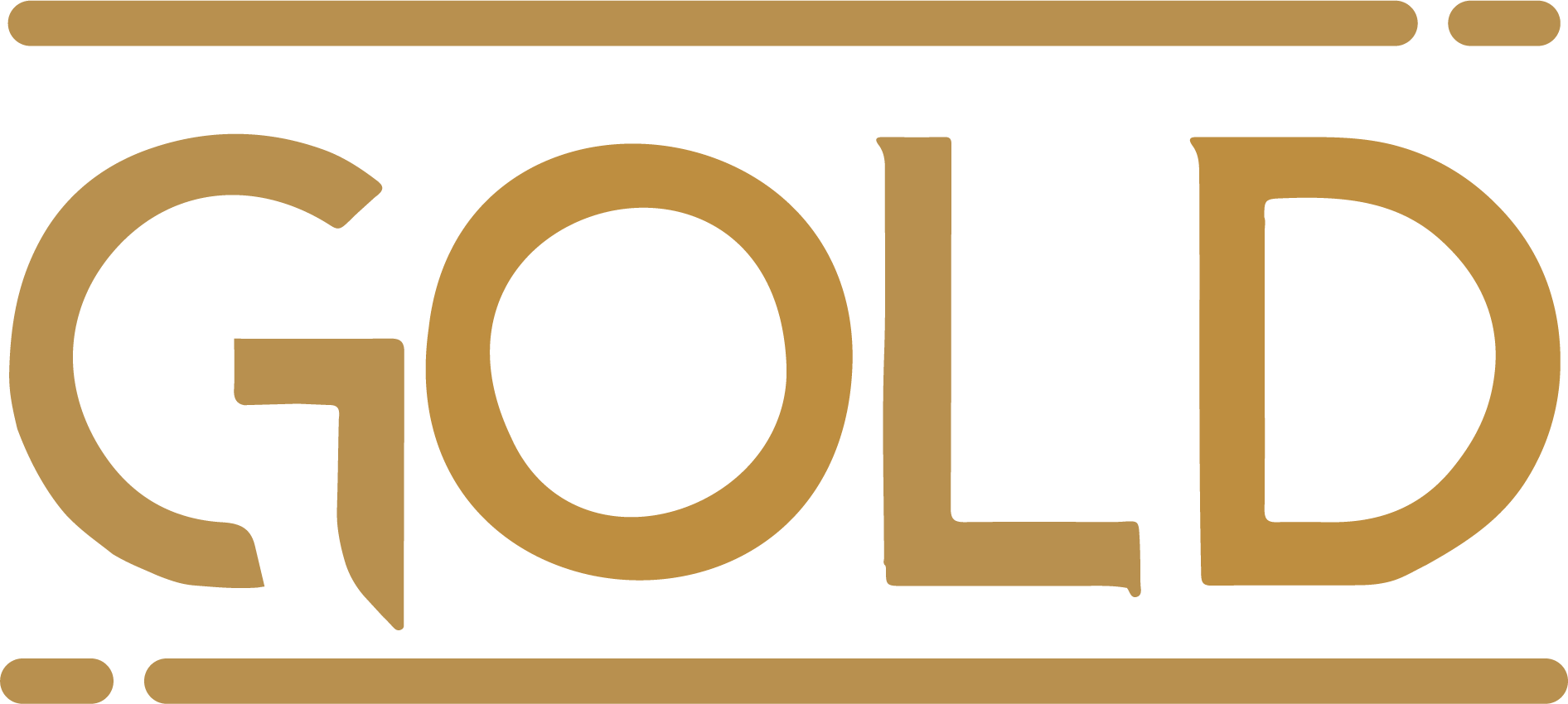
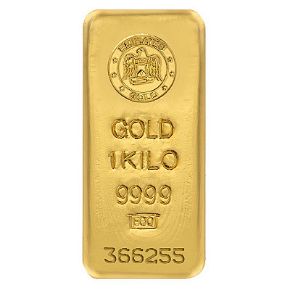
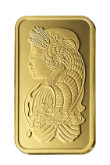



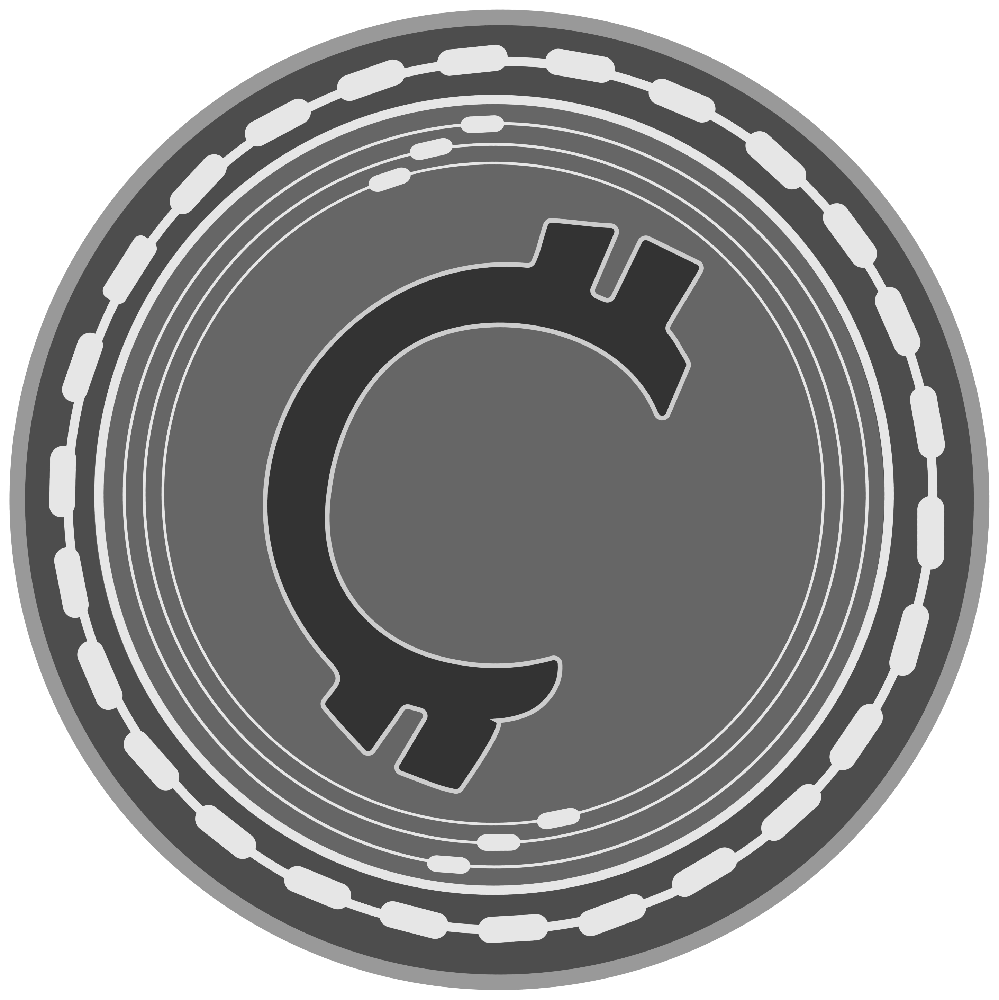
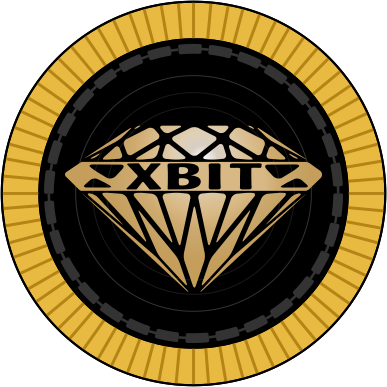
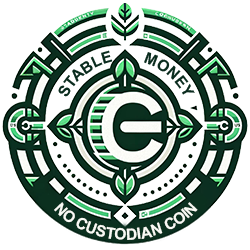

.png)

